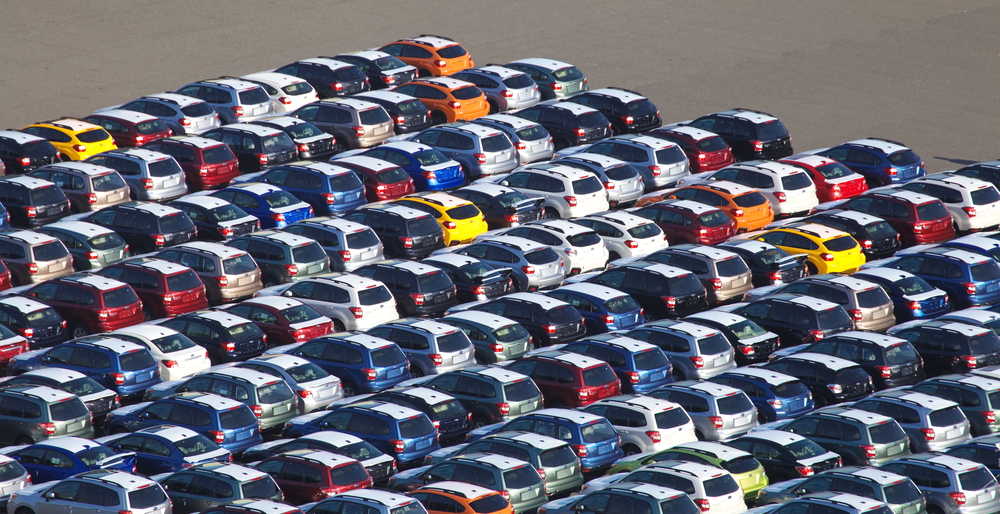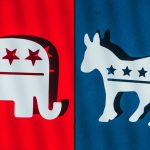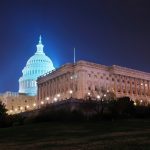- Japanese automakers face growing pressure from China despite Trump’s reduced U.S. import tariff
- Analysts say China’s rise and falling Southeast Asian market share are bigger concerns
- Domestic challenges and industry restructuring add to Japan’s automotive headwinds
Japanese automakers received a temporary reprieve this week when U.S. President Donald Trump announced a cut to import tariffs on Japan-made vehicles, reducing the rate from 25% to 15%. But industry experts warn the move offers little comfort as Japanese brands face intensifying competition from China and structural economic hurdles at home.
“The trade deal struck with the U.S. is certainly a relief in that it offers some certainty that U.S. tariffs on Japan-made cars won’t rise to punitive levels,” said Stefan Angrick, head of Japan and Frontier market economics at Moody’s Analytics. “But I’d hesitate to call it good news. A 15% U.S. import tariff is still significantly higher than where Japan started. And a 15% tariff is certainly a higher rate than most had expected.”
Analysts point to China’s dominance in electric vehicle innovation and exports as a far more disruptive force. Once a key growth market for Japanese carmakers, China has emerged as a major rival, offering cheaper models and outpacing legacy brands in speed and technology.
“Lower-cost Chinese vehicles remain the single biggest threat to Japan’s auto industry and economic outlook,” said Karl Brauer, executive analyst at iSeeCars.
Chinese brands are rapidly gaining market share across Southeast Asia, eroding Japanese dominance in countries like Thailand, Malaysia and Vietnam. According to a 2025 PwC report, Japanese automakers’ share in the ASEAN-6 region dropped from 68.2% in 2023 to 63.9% in 2024.
“[China autos] are expanding into markets where Japanese firms used to have a strong foothold. Thailand is one example,” Angrick added.
Australia, Japan’s second-largest vehicle export market, is also tilting towards China. A study commissioned by the Australian Automotive Dealer Association forecasts that 43% of imported cars in Australia will come from China by 2035, compared to just 22% from Japan.
While Toyota’s size and global presence provide some protection, smaller manufacturers are more vulnerable. Nissan is undergoing deep cuts, including the closure of seven of its 17 global plants and a workforce reduction of 15% by 2027.
“Nissan is especially vulnerable due to the growing threat from China’s automotive industry,” Brauer said.
Subaru and Mazda also face mounting pressure. While both have partnerships with Toyota, the path forward may lead to deeper integration.
“Subaru and Mazda do face a significantly higher burden,” said Mio Kato, founder of Lightstream Research. “However, they do have an advantage in having strong ties to Toyota. I wouldn’t expect a consolidation to happen on a short-term timeframe. However, it is certainly something for them to consider when you start looking towards the end of the decade.”
Domestically, Japan’s carmakers are navigating high inflation and weak consumer spending. Despite these obstacles, experts say Trump’s tariff decision provides a small degree of clarity.
“Having a confirmed tariff agreement will allow Japanese automakers to know their pricing and cost structures going forward,” Angrick noted.
Still, Kato warned that Japan’s position remains precarious. “The absolute case for Japan is now understood relatively well,” he said. “But in terms of how their competitiveness shifts, versus say, autos manufactured in Korea and exported or from Mexico and Canada, that could still impact the profit outlook for Japanese auto companies.”





